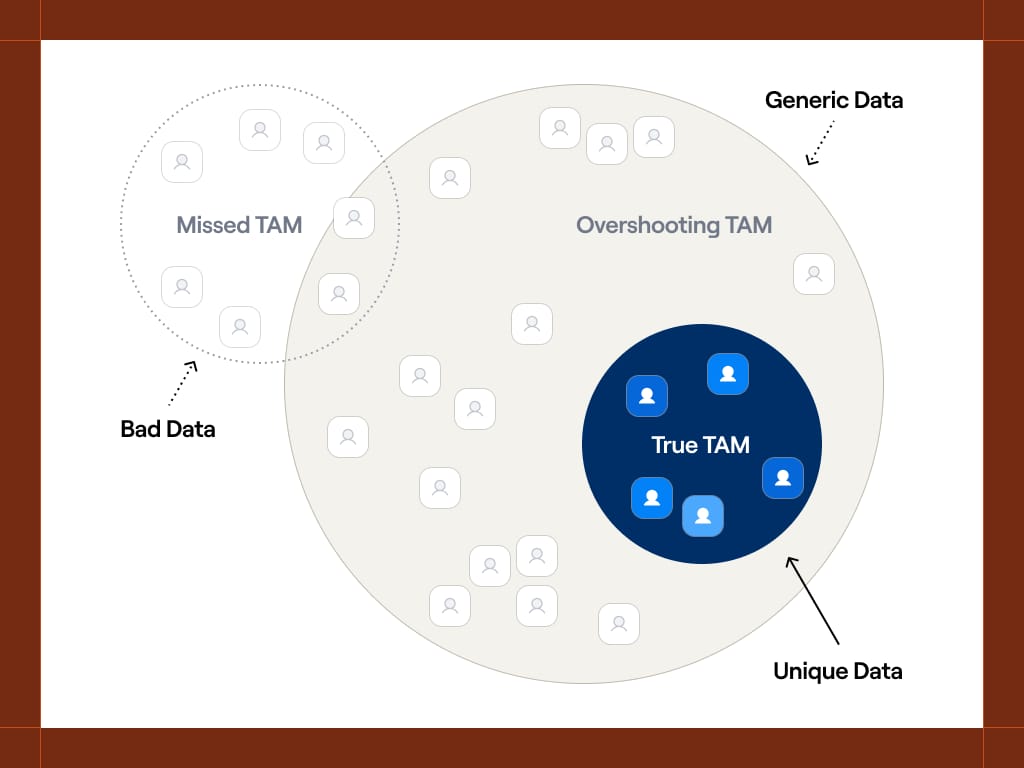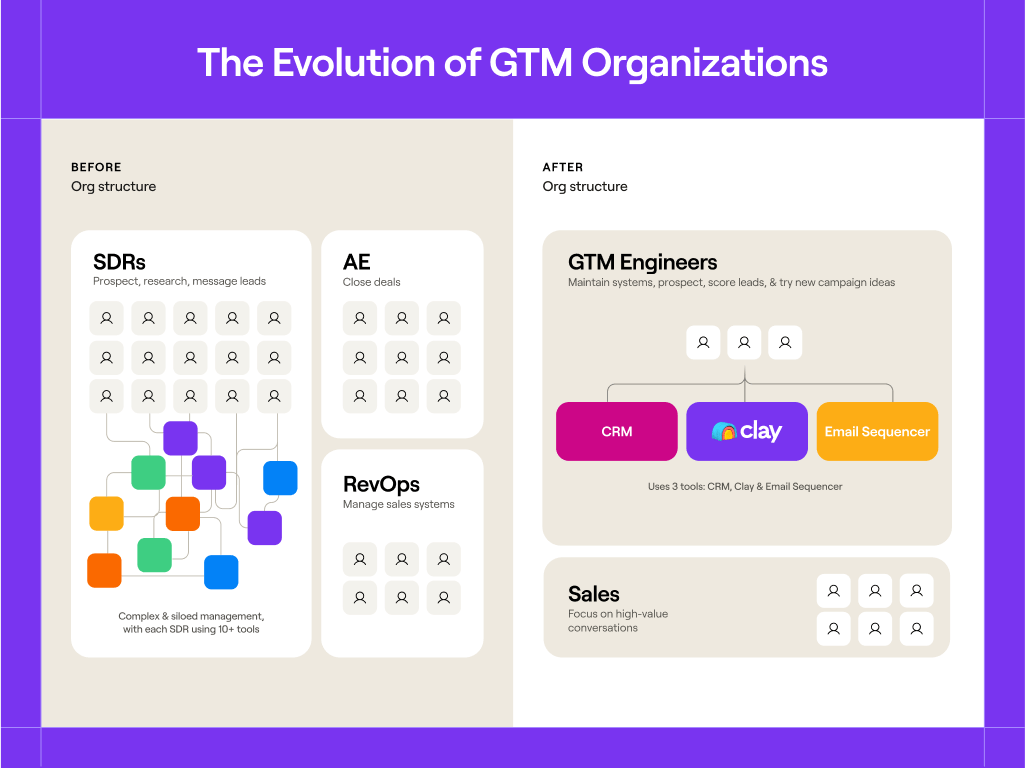- GTMBA
- Posts
- Clay Just Brought The Patagonia Vest To Your GTM Strategy
Clay Just Brought The Patagonia Vest To Your GTM Strategy
Seeking GTM Alpha - HQ'd in NYC, the finance bro is rubbing off on them
I never thought we’d see Clay succumb to the finance aura being NYC-based, but we saw it last week with the newest hot term in GTM - GTM Alpha.

Source: Clay - https://www.clay.com/blog/gtm-alpha
After spending the last decade with the finance folks here in NYC, along with going to a finance-focused business school, the term “alpha” has been thrown around more times than I can remember.
In finance, alpha means your performance compared to what you'd expect in the markets. If an index fund is going to give you 8%, you're considered to have "alpha" if the investment you have or are looking for produces a return of more than 8%.
I always thought of it as up there as one of the most eye-rolling words, along with saying "bips" instead of %, or "fuh-nance" instead of "fy-nance."
However, the way they recently wrote about it's spot on, and it's a phrase I've been saying to clients myself over the last couple of weeks: the best teams will ruthlessly try to find where they can achieve GTM alpha.

This graph does a good job of visually showing it:

Source: Clay - https://www.clay.com/blog/gtm-alpha
They break it down into three buckets, and I wanted to categorize how I see this in relation to the consulting clients we have at T2D3 (the recent firm I joined, with more to come).
1 - Find Your Unique Data Advantage
This is different for every company, and really comes down to knowing what data exists out there and what tools can automate finding it.
When everyone's targeting the same basic company size, industry, and job titles, you're all chasing the same prospects. Real GTM alpha comes from spotting signals your competitors don't even know to look for.
What's cool is how each company's data edge looks totally different:
A software that sells to enterprise sales organizations might track the number of Enterprise Account Executives (AEs) a company has
A compliance platform might track OSHA violations
A design tool might identify brand inconsistencies across channels.
The magic happens when you layer different data:
Public info
Your first-party data
Custom intent signals.
Take a sales platform targeting enterprise teams with 10+ sellers - using Clay to automatically scrape LinkedIn for team size gives you precision that standard filters can't match. Add in website visits or competitor follows, and you're playing a different game entirely.
These little wins add up fast. Bumping reply rates from 1% to 3% might not sound huge, but these small edges compound while your competitors are still doing manual research.
We typically brainstorm this in the TAM exercise, which is something we conduct early on with our clients. You want to ensure you're targeting the "true TAM" and those most likely to be in the market right now. Using these unique data advantages helps with that.

Source: Clay - https://www.clay.com/blog/gtm-alpha
2 - Introducing An Experimentation Culture
Once you've identified your unique data edge, it's time to take action. After outlining 5-10 different plays based on your data advantage, start testing them systematically.
The real magic happens when you get surgical with your approach. Perhaps it's personalizing landing pages with company data, as Verkada does, or utilizing location intelligence to refine your direct mail campaigns, like Clay mentions Rippling does. The point isn't to copy what others are doing – it's finding what works for your specific situation.
Some of these plays will flop – that's part of the process. But this experimentation is exactly what sets you apart. While other teams blast generic messages to generic lists, you're running targeted experiments that get smarter with each iteration.
The beauty is that most teams can't do this even if they wanted to. They don't have the unique data signals you've uncovered or tools like Clay to quickly deploy and test these ideas.

Source: Clay - https://www.clay.com/blog/gtm-alpha
3 - Embrace The GTME Movement & Hire One, Now

Source: Clay - https://www.clay.com/blog/gtm-alpha
The old-school assembly line of SDRs prospecting, AEs closing, and RevOps managing systems is getting flipped on its head. Forward-thinking companies are creating dedicated GTM engineering roles that bridge the technical-sales gap.
Instead of siloed knowledge and one-off wins, these engineers build systems that scale successful plays across the entire org. They're the folks who can take that winning email sequence your top SDR discovered and turn it into an automated workflow for the whole team.
Forward-thinking, modern GTM orgs like Anthropic are restructuring their teams around this function, allowing sales to focus on high-value conversations while GTM engineers handle the data plumbing. It's less about cranking through calls and more about building repeatable, scalable systems.
As mentioned, I’ve recently joined Cailen Dsa and his firm VibeScaling to help fast-growing seed/series A startups put this GTM Alpha into action. If this is something you’re interested in and want to chat more how others are doing this, reply to this email, shoot me one at [email protected], or DM on LI here.

Reply